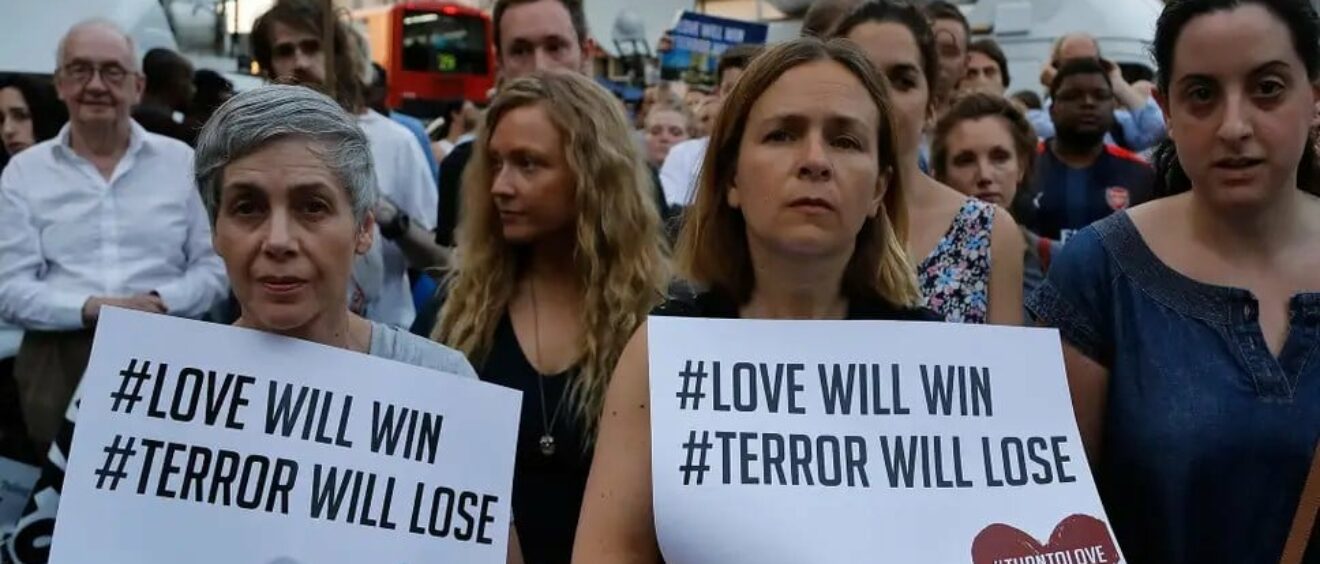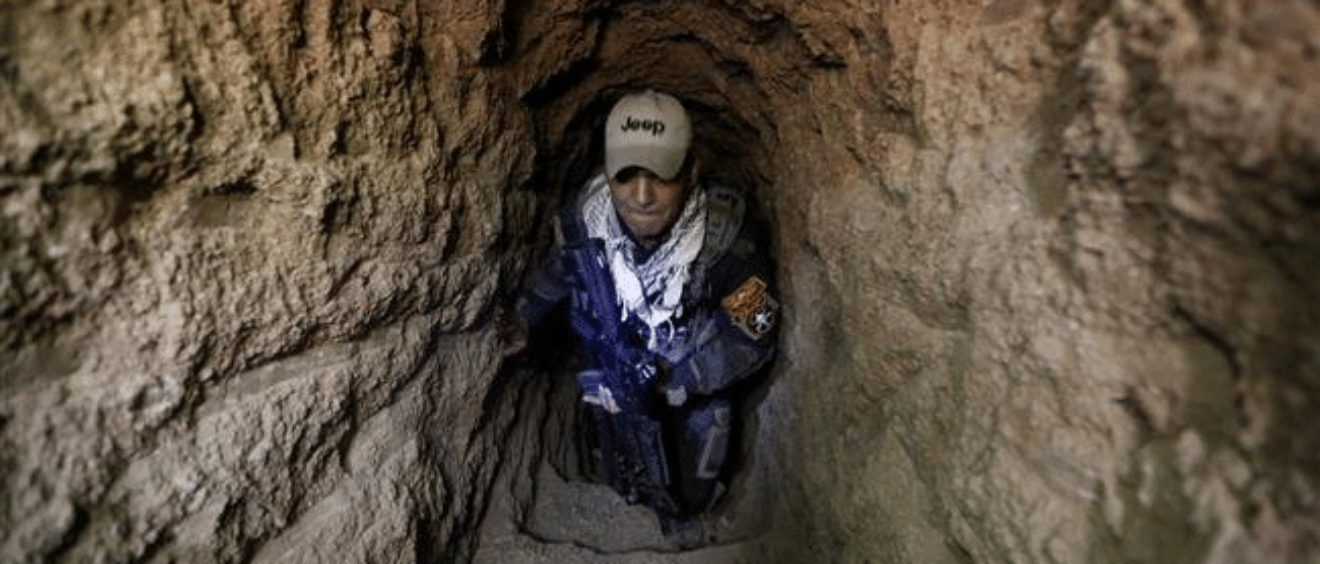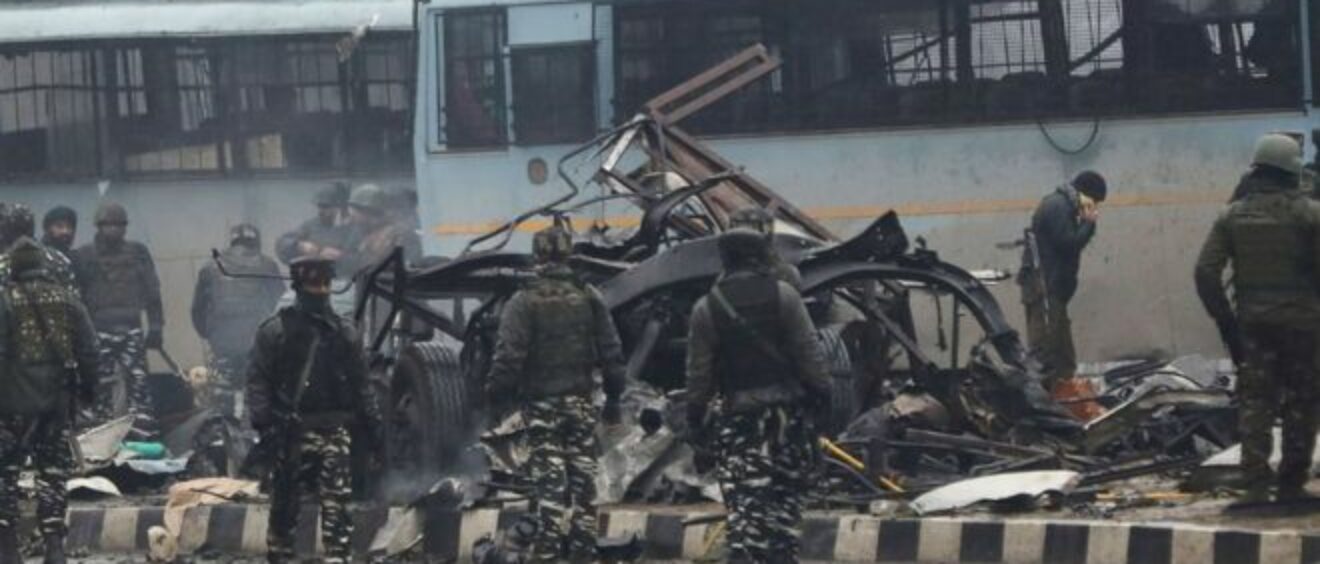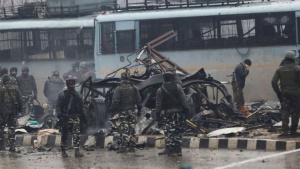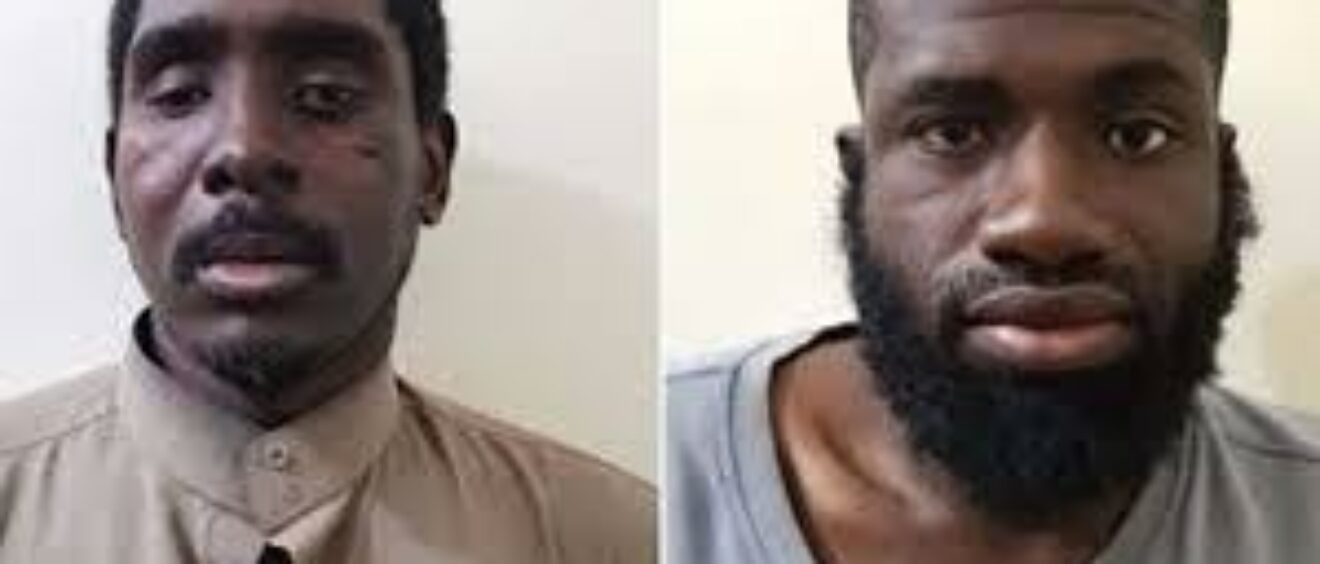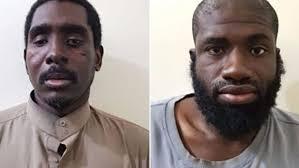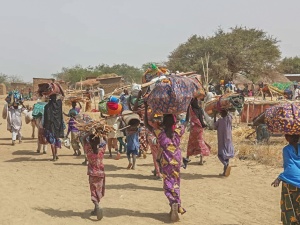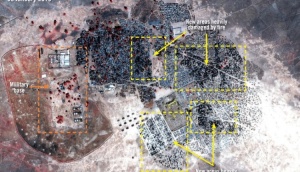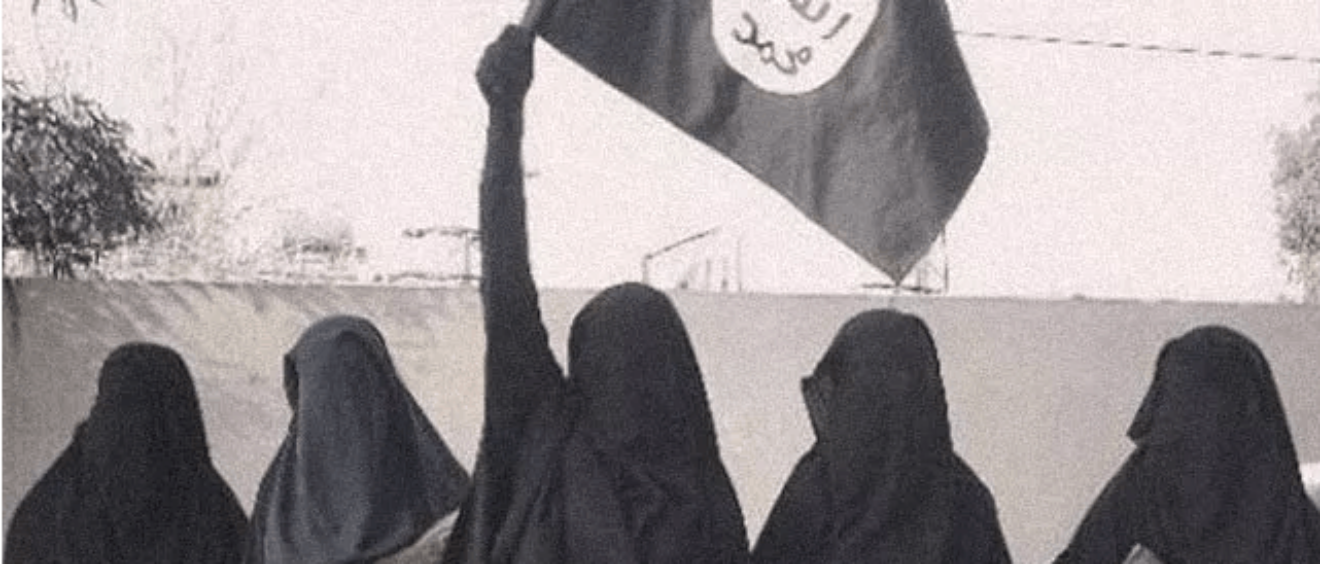The rise of radical groups who claim to be Islamic, growing instability in Muslim-majority countries, habits and norms that constitute “anti-modernity” to Western norms all tend to distort Islamic values and what Muslims hold dear. That specifically influences politics. Islam has a particular relationship to politics. It is broadly shaped by cultural practices, religious scripts and traditions. Since Islam’s emergence in Mecca, there has been a strong emphasis on Islam as an Ummah, or a political community. Muhammed was the Ummah’s political and religious leaders. Over time, the emphasis on the creation of an Ummah spilled up to the political sphere and became more heavily underlined. However, the structure and the core beliefs of the Islamic community has been open to interpretation. Neither the hadith nor the Quran outline a blueprint of an Islamic State or its governance. Throughout history, many Islamic theorist used the notion of the Ummah to unify and gain Muslim support but that was also the foundation of their respective sensation theory of Islam. The notion of an Islamic state continuously emerges as something desirable and can be more accurately described as Islamic Revivalism: “a revolutionary force whose aim is to topple the established order in the Muslim world, be they authoritarian or democratic” (Dekmejian). It is a persistent and continuous phenomenon that has occurred in virtually every Islamic society. Revivalism is generally a natural response to multi-dimensional crises facing global Islamic communities: political, economic and military catalysts, legitimacy crises and inadequate leadership.
Islamic societies have faced a legitimacy crisis due to the failures of their intellectual elites to create social cohesion for Islamic legitimacy, especially in regard to European countries. After the fall of the Ottoman Empire, nationalism emerged in Islamic societies, but it mimicked a number of other countries’ norms and practices: European, German idealism, Marxism and socialism. After decades of experimentation, “of the major attempts to forge a synthesis of political thought as a guide to political action, two-Ataturkism and Nasirism- appear to have failed after some temporary success.” Ataturk of Turkey attempted to formulate a viable political community after WWI using charismatic legitimacy. He had charisma and was attributed as a hero. He undertook sweeping cultural, bureaucratic, economic and military reforms, adopted Western models of military and bureaucratic organization and rapid industrialization.
Ataturk also sought to de-emphasize Islam as he viewed it as the “vestige of the Ottoman past he was seeking to eradicate”, according to Peter Mandaville in his Islam and Politics book. In contrast, Gamal Abdel Nasser’s formula for legitimization did not rely on a wholesale rejection of the past, but on “an eclectic synthesis of pre-revolutionary political thought and action” (Dekmejian). He emerged after a coup d’état by the Free Officers Movement against Farouk I (Mandaville). He fused elements of nationalism, socialism and nonalignment in Cold War geopolitics and managed to play both sides of the war to Egypt’s advantage. That made him even more popular. However, just like Ataturk, the legitimization Nasser created was only based on his charismatic leadership. Thus, it faded away after his death. Both of Ataturk and Nasser’s failures further emphasized the need for revivalism as a method of establishing legitimacy and a united Islamic community. That notion was only further reinforced by the failure of Middle Eastern leaders to fulfil their promises of social justice and development.
There is no clear sense of what Islamic governance should look like. Nasser, Ataturk, and other Islamic theorists took different approaches simply because they can. There is no Pope or middle man in Islam. Today, there is an extremely radical version of an Islamic State. Their strategies and goals are unacceptable and completely incompatible with the theorists and scholars that came before them. However, looking at multiple intersections of politics and Islam throughout history, the emergence of the Islamic State can be understood as a response to a larger historical crisis: abandonment of Islamic values, Western unacceptance and colonization of ideals. Furthermore, theorists or self-proclaimed leaders always use nostalgia as a weapon and strategy for unification: nostalgia to the old days of the caliphates and prophet Muhammed. This suggests that the concept of Islamic revivalism is a foundational strategy that has been used to justify the Islamic State’s existence.



